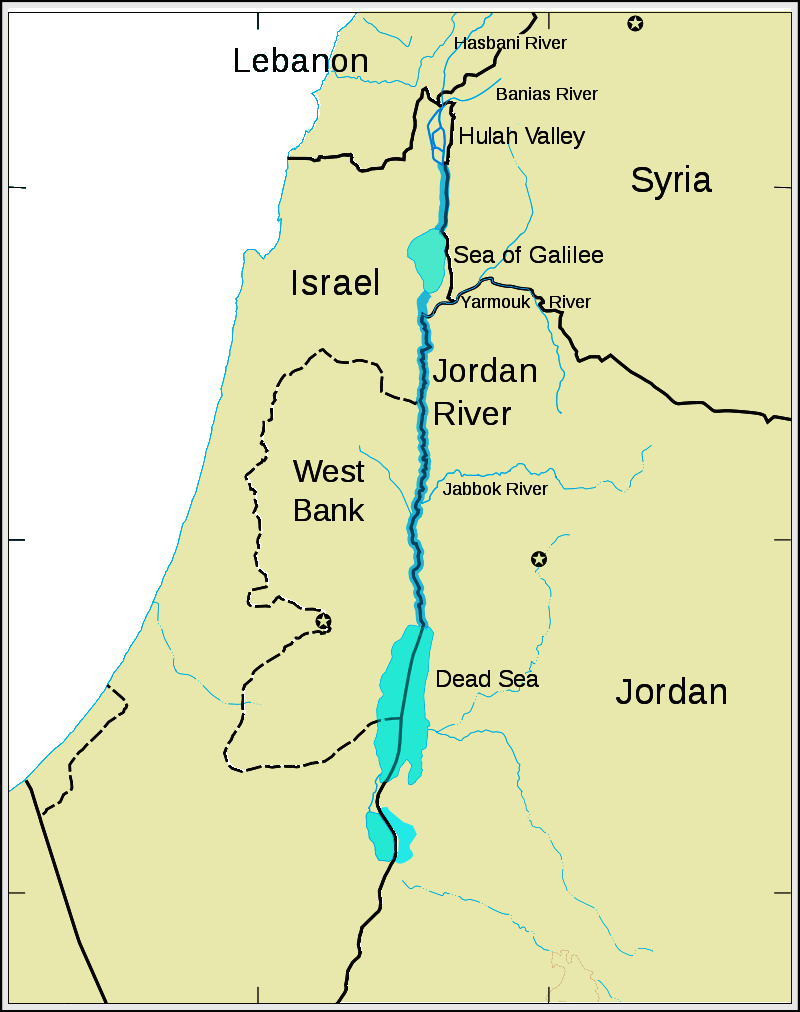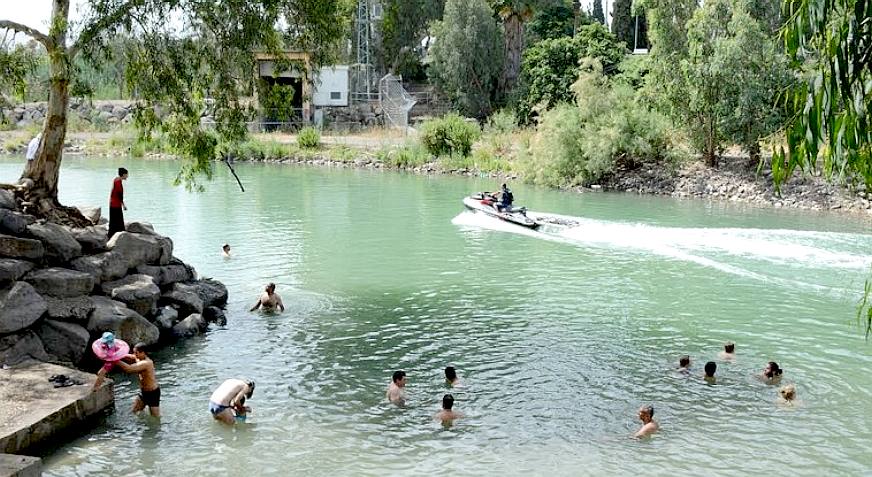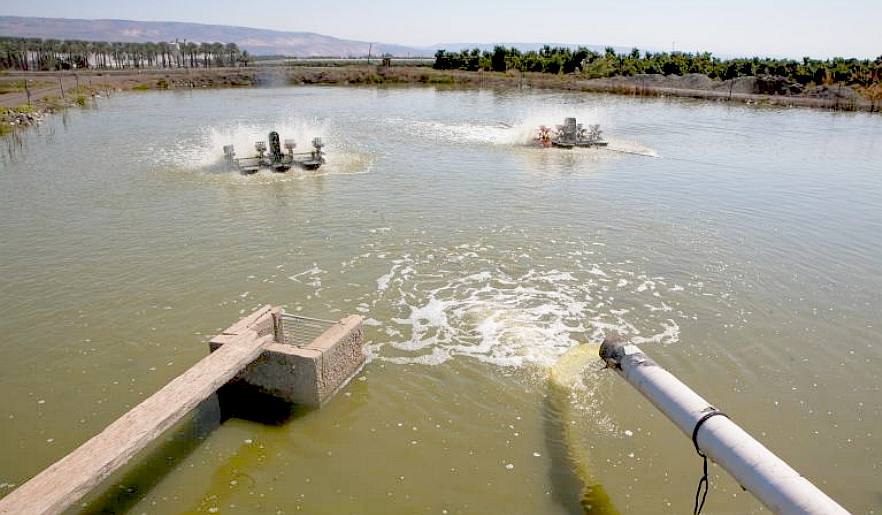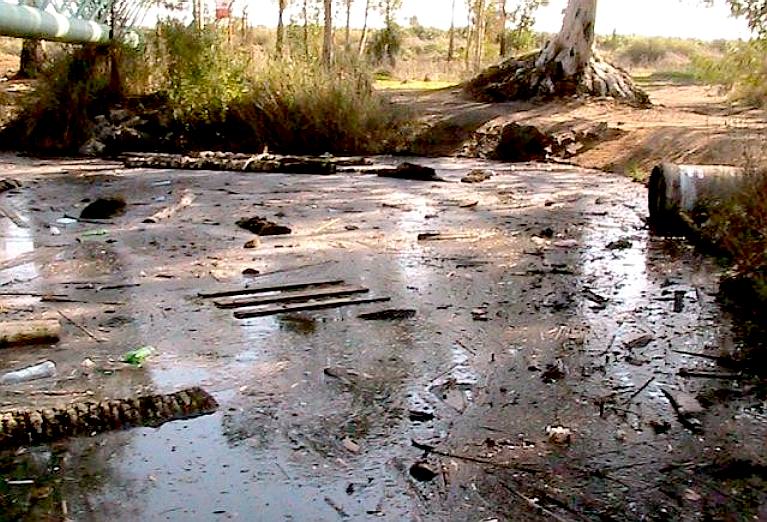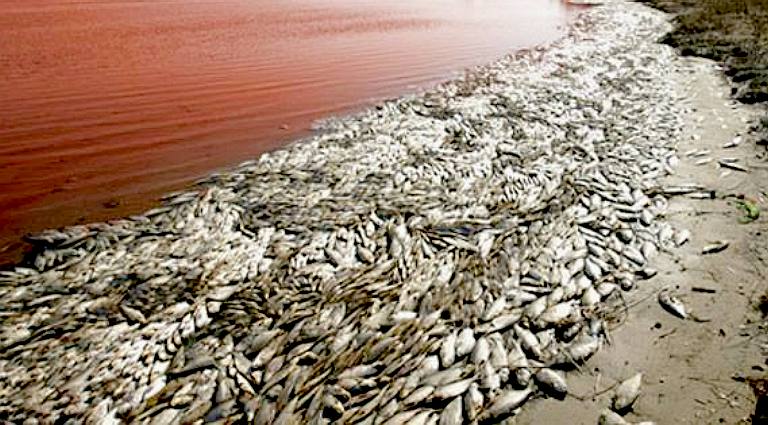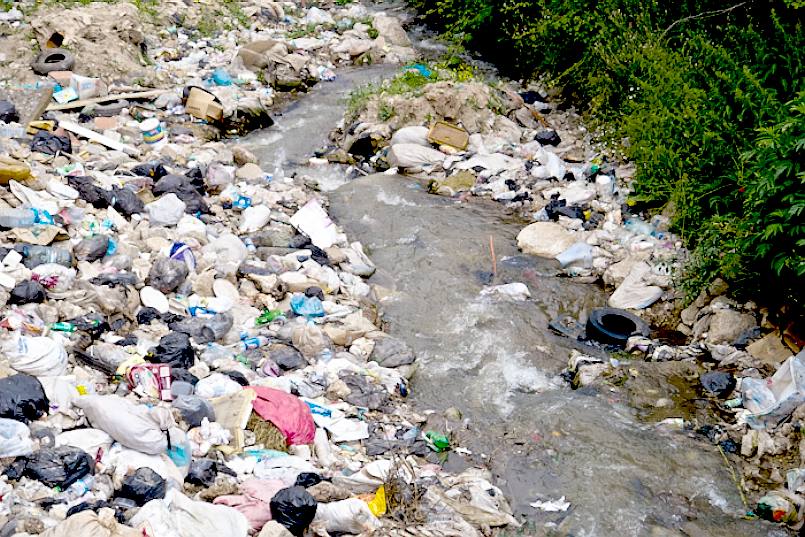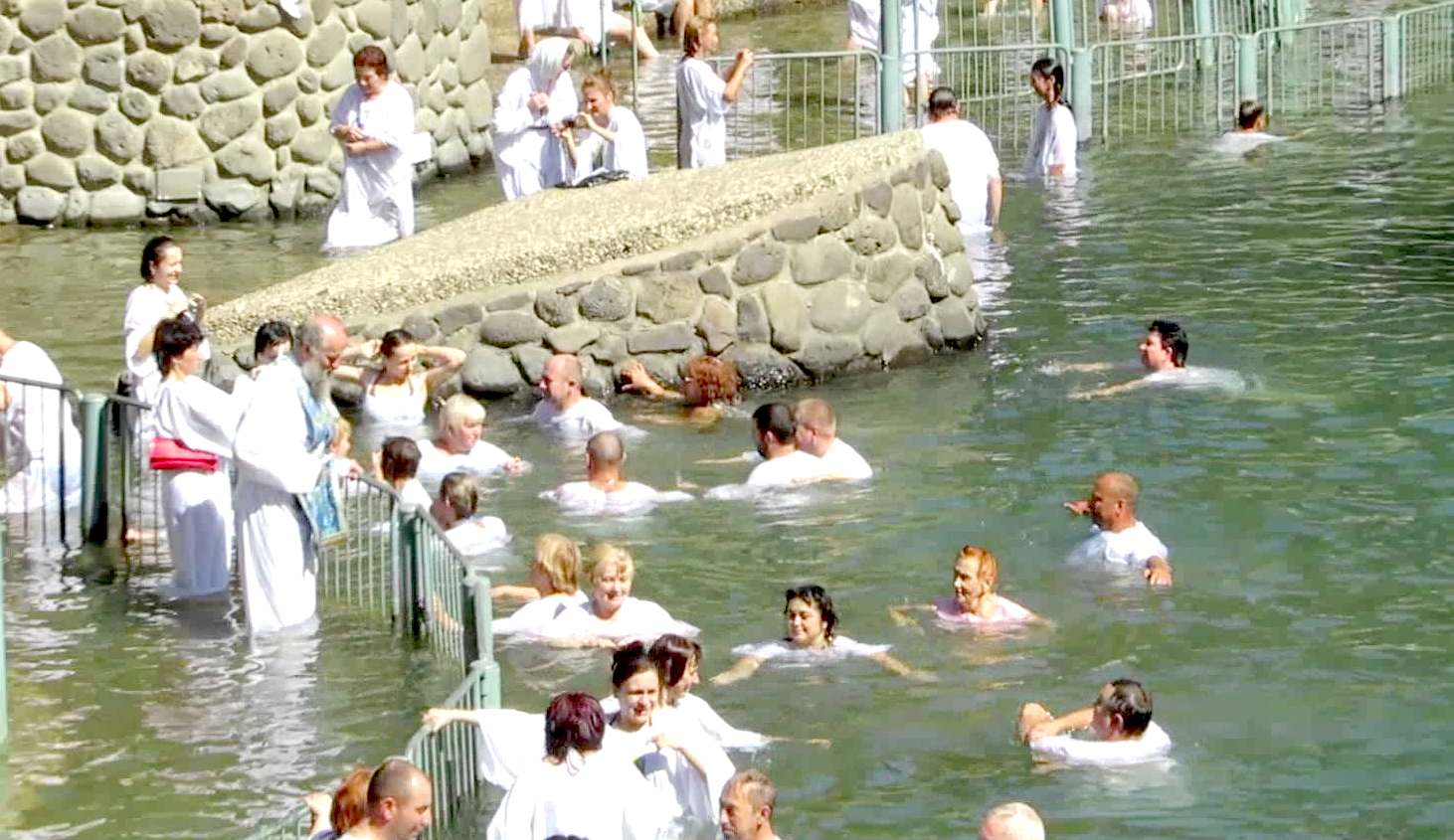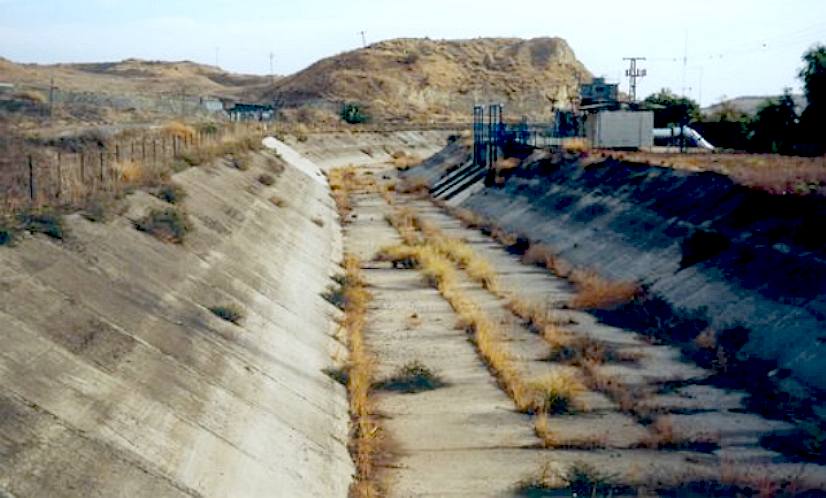|
THE RIVER JORDAN
|
|
THE JERUSALEM POST NOV 6 2015
HUMAN INTERVENTION - A sequence of photographs showing that at the source of the River Jordan the water is pure and unspoiled, but that as the river is used by humans for ceremonial bathing, diversion for agriculture and the dumping of waste, that we ruin natural resources. There should be an international law against diverting rivers and building islands in the middle of nowhere.
THE GUARDIAN 26 JULY 2010
RED
RIVER POLLUTION - DECEMBER 2014 - Many theories have already started to emerge on the social media that could explain the color of the water, including an algae invasion or even a divine intervention linked to the “plagues of
Egypt”, but the stench emanating from the water and the ten of thousand of dead fish accumulated on the shores suggest that it is more likely a chemical spill or other similar event that is at the origin of the phenomenon.
SOCIAL MISSIONS LEBANON - Field Report #32 Fnaidek - Every time the reporters asked about water in Wadi al Jamus, everybody said that the water was so polluted that it was almost unusable and they all pointed up the mountain. Annamaria Laurini, the UNICEF Representative, explained that the problem originated in the small village of Fnaidek up the mountain. She offered to took the team there and the next morning drove together to Fnaidek. On the way to the village, they crossed the infamous creek that feeds water to all the villages downstream and were presented with the horrible scenario above.
ABOUT THE RIVER JORDAN
The Jordan River is a 251-kilometre (156 mi)-long river in West Asia flowing to the Dead Sea. Israel and the West Bank border the river to the west, while the Golan Heights and Jordan lie to its east. Both Jordan and the West Bank take their names from the river.
RIVER POLLUTION
South of the small earthen Alumot dam, there is not much left of the world-renowned and once mighty Jordan River. Israel, Syria and Jordan have all diverted its upstream waters for domestic and agricultural uses, leaving precious little fresh water for the river and its once thriving ecosystem. Diversion of over 98 per cent of its fresh water, in addition to discharge of large quantities of untreated sewage, threatens to irreversibly damage the river and the whole Valley. With Israel, Syria and Jordan, each grabbing as much clean water as they can, it is ironically the sewage that is keeping the river alive today.
THE (GENERALLY ACCEPTED) TWELVE MOST POLLUTED RIVERS IN THE WORLD
Let us not forget that in the fight against ocean pollution, it is the pollution from rivers that is discharged into the Atlantic Ocean, Indian Ocean and Pacific Oceans that is potentially the most harmful is left unchecked. Hence, the most wanted list of river authorities who need to think hard on cleaning up their act as the starting point for cleaner oceans:
1. Citarum River, Indonesia - The Citarum River is known as the most polluted river in the world and is located in West Java, Indonesia.
2. Ganges River, India - The Ganges River is considered the most sacred river in India by the Hindus. It is the third largest river in the world and it is believed that its water can cleanse the sins of people.
3. Mantanza-Riachuelo River, Argentina - The river is located in the Buenos Aires Province of central-eastern Argentina and is more than 60 kms long. The river is also known as Slaughterhouse River.
4. Buriganga River, Bangladesh - Buriganga is also known as the Old Ganges in Bangladesh. Bangladesh is one of the most densely populated countries around the world and is right now suffering from every kind of pollution that exists.
5. Yamuna River, India - The river is crystal clear and blue near its source in the Himalayas but as the river flows down the water becomes extremely polluted with sewage, industrial garbage, agricultural run- off etc.
6. Jordan River, Israel - The Jordan River originates from the Anti-Lebanon and Mount Hermon mountain ranges covers a distance of 223 km. The river has severely deteriorated especially the lower reaches of Jordan are full of untreated sewage and contaminated water flowing from agricultural lands.
7. Yellow River, China - The Yellow River of China is drying up fast due to expansion of factories, cities, agricultural farms etc. and whatever water is left is contaminated badly. The water is so toxic that it is not fit for agriculture.
8. Marilao River, Philippines - The Marilao River flows through the Bulacan Province Philippines and empties in Manila Bay. The main sources for polluting this river are tanneries, textile factories, piggeries, gold refineries and municipal dumps.
9. Sarno River, Italy - The Sarno River is one of the most polluted rivers in Europe. It flows in southern Italy near Pompeii and Naples. In recent years many cases of liver cancer have been reported which shows the level of degradation of the river.
10. Mississippi River, USA - The Mississippi River in USA is also known as the ‘Big Muddy’ as the water of this river is usually brown because of pollution. Crude oil spills reported in the river which has made the water toxic and is poisonous to the marine life. The river is a sewer for farmers and industrialists making it one of the most polluted rivers in the world.
11. Cuyahoga River, USA - The Cuyahoga River flows through Cleveland, Ohio and is known for having caught fire many times. The river is completely choked with oil, sludge, sewage and debris.
12. Pasig River,
Philippines - The Pasig river is a 27 km long river in Philippines which passes from west of Laguna de Bay and moves downstream to east of Manila Bay. This river
is termed biologically dead.
RIVER CEREMONY - At the aarti ceremony, the clouds of smoke transform into small balls of fire and singers praise Shiva, the Destroyer. The water really is pleasant, warm and soft with a light slippery feel from the pollution. A boatman says he thinks the water is clean though brown like chai tea from the mud. After the monsoon the silt settles down. Many think that the mud neutralizes the river’s harmful impurities. These include human ashes, expired livestock, and the anchored bodies of lost children.
PROPOSED SEAVAX RIVER POLLUTION (PART) SOLUTION
The most significant advantage to using SeaVax as a platform to develop a river cleaning solution, is that the vessel is powered by over 80kW of energy harvested from nature. This is important, because if the craft can be converted to clean effluent and metals from river water (not on the agenda at the moment, but we are willing to undertake studies if properly underpinned) whatever assistance that may provide is sustainable in energy terms, in a circular economy.
On average over a year, the energy harvested should provide enough energy to pump 89.9 million liters or waste water per vessel, or surface skim solids from a river.
This would not make a dent on the problems of the River Ganges as an extreme example, but many other rivers could benefit massively from at least a feasibility study to be able to come to terms with the logistical problems that we have identified.
1. The first thing to consider is whether it is advantageous to deploy several ocean dustcarts to deal with surface litter that would otherwise find its way into the open ocean and feed the 5 main Gyres. This is not only doable but a must in the case of nearly every substantial river in the world.
2. The second is to decide whether to deploy SeaVax oil spill boats to rivers that are known to be oil toxic.
3. The third is to undertake a feasibility study as to the possibility of modifying SeaVax units to deal with industrial waste and sewage at selected points of discharge. The issue here is likely to be volume where sedimentation tanks would need to be voluminous and SeaVax is a mobile solution. If deployed at known discharge points, that may negate the volume issue to some extent.
PROOF OF CONCEPT MILL & SINGLE STAGE FILTRATION - In this photograph our IT expert, Jamie Hughes, talks to delegates at Innovate 2015 about the potential for SeaVax. You can see the experimental mill mouth/head and hydro-cyclonic filtration chambers of the SeaVax test boat under construction.
MOUTH - The full size version of this collector is 14 metres (44 feet) wide and includes two more stages of filtration that we cannot show here due to patent laws prohibiting publication before grant. This unit showed us what was possible and what to develop next. Nobody else anywhere in the world is developing such a system. We welcome development partners, not just on the technical boat build, but also on the logistical and political side.
ACIDIFICATION - ADRIATIC - ARCTIC - ATLANTIC - BALTIC - BAY BENGAL - BERING - CARIBBEAN - CORAL - EAST CHINA ENGLISH CH - GOC - GULF GUINEA - GULF MEXICO - INDIAN - IOC - IRC - MEDITERRANEAN - NORTH SEA - PACIFIC - PERSIAN GULF RED SEA - SEA JAPAN - STH CHINA - PLASTIC - PLANKTON - PLASTIC OCEANS - SEA LEVEL RISE - UNCLOS - UNEP - WOC - WWF
AMAZON - BURIGANGA - CITARUM - CONGO - CUYAHOGA - GANGES - IRTYSH - JORDAN - LENA - MANTANZA-RIACHUELO MARILAO
- MEKONG - MISSISSIPPI - NIGER - NILE - PARANA - PASIG - SARNO - THAMES -
YANGTZE - YAMUNA - YELLOW
LINKS & REFERENCE
IB Times India million litres untreated sewage polluting holy river ganga says report Inspired Economist 2015/01/14 India uses zero liquid discharge technology for Ganges river Haaretz Israel Ganga pollution news science Central Pollution Control Board of India listaka top 12 most polluted rivers in the world Hubpages politics what are the 10 Most Polluted Rivers in the World Listdose top 10 polluted rivers world Austro Indonesian Arts Program blog most polluted river in the world Citarum The Guardian environment 2014 January 2 plastic waste river Thames marine life report National Geographic news 2014 February Jordan river Syrian refugees water environment The Guardian world news 2010 July 26 Israel closes Jordan Christ baptism Jerusalem Post Arab Israeli conflict river pollution unites Israelis Jordanians Palestinians http://www.jpost.com/Arab-Israeli-Conflict/River-pollution-unites-Israelis-Jordanians-Palestinians-405668 http://www.theguardian.com/world/2010/jul/26/israel-closes-jordan-christ-baptism http://news.nationalgeographic.com/news/2014/02/140222-jordan-river-syrian-refugees-water-environment/ https://en.wikipedia.org/wiki/Jordan_River http://www.theguardian.com/environment/2014/jan/02/plastic-waste-thames-marine-life-report http://www.austroindonesianartsprogram.org/blog/most-polluted-river-world-citarum-river-indonesia http://hubpages.com/politics/What-Are-the-10-Most-Polluted-Rivers-in-the-World http://listdose.com/top-10-polluted-rivers-world/ http://listaka.com/top-12-most-polluted-rivers-in-the-world/ http://www.cpcb.nic.in/water.php http://www.haaretz.com/israel-news/science/1.666846 http://inspiredeconomist.com/2015/01/14/india-uses-zld-ganges-river/ http://www.ibtimes.co.uk/india-million-litres-untreated-sewage-polluting-holy-river-ganga-says-report-1491715 http://asia.nikkei.com/Politics-Economy/International-Relations/China-India-rivalry-grows-over-infrastructure-projects
|
|
This
website is Copyright © 2024 Bluebird Marine Systems Limited.
The names Bluebird™, Bluefish™,
Miss
Ocean™, RiverVax™,
SeaNet™,
SeaVax™
and the blue bird in flight
|
